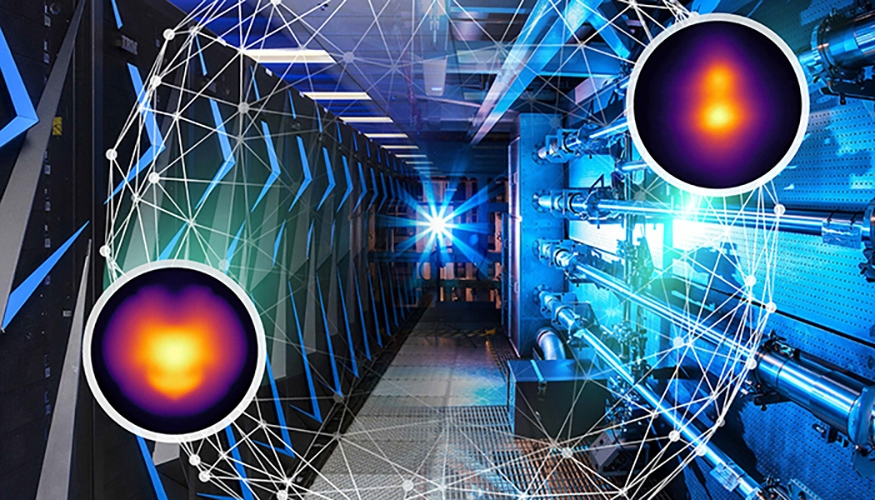American Scientists Achieve Energy Gain Through Nuclear Fusion for the Second Time

Researchers from Lawrence Livermore National Laboratory (LLNL) in the United States have successfully conducted a second experiment involving nuclear fusion, resulting in a clean energy gain, as reported by Reuters.
During this study, scientists utilized a laser directed at fuel to fuse two light atoms into a denser form. This process released a substantial amount of energy. Experts see significant potential in this process as a source of sustainable low-carbon energy, which could aid in combating climate change.
In the first experiment, which took place in December 2022, the laser delivered 2.05 megajoules to the target. Researchers managed to ignite the process of thermonuclear fusion, leading to the production of 3.15 megajoules of energy. This translates to a net output of about 1.1 megajoules, equivalent to 0.31 kilowatt-hours – sufficient to power a 50-watt LED television for six hours. In other words, more energy was generated through thermonuclear fusion than the laser energy used to drive it, according to the scientists.
Currently, the exact amount of clean energy obtained from the latest successful experiment, conducted on July 30, remains unknown. An LLNL representative mentioned that researchers are still analyzing the final results of the study.
The U.S. Department of Energy dubbed these experiments a "major scientific breakthrough that has been decades in the making and will pave the way for advancements in national defense and the future of clean electricity."
Scientists have known for nearly a century that nuclear fusion powers the Sun and other stars in the Universe, and for decades, they have been experimenting with terrestrial nuclear fusion. However, until now, no experiments have been successful as the energy required to sustain these reactions exceeded the energy they produced.
A breakthrough in nuclear fusion could potentially help mitigate climate change if companies manage to commercialize the technology within the next few decades. Additionally, unlike nuclear power, nuclear fusion leaves behind no harmful waste fuel that needs to be buried or reprocessed.